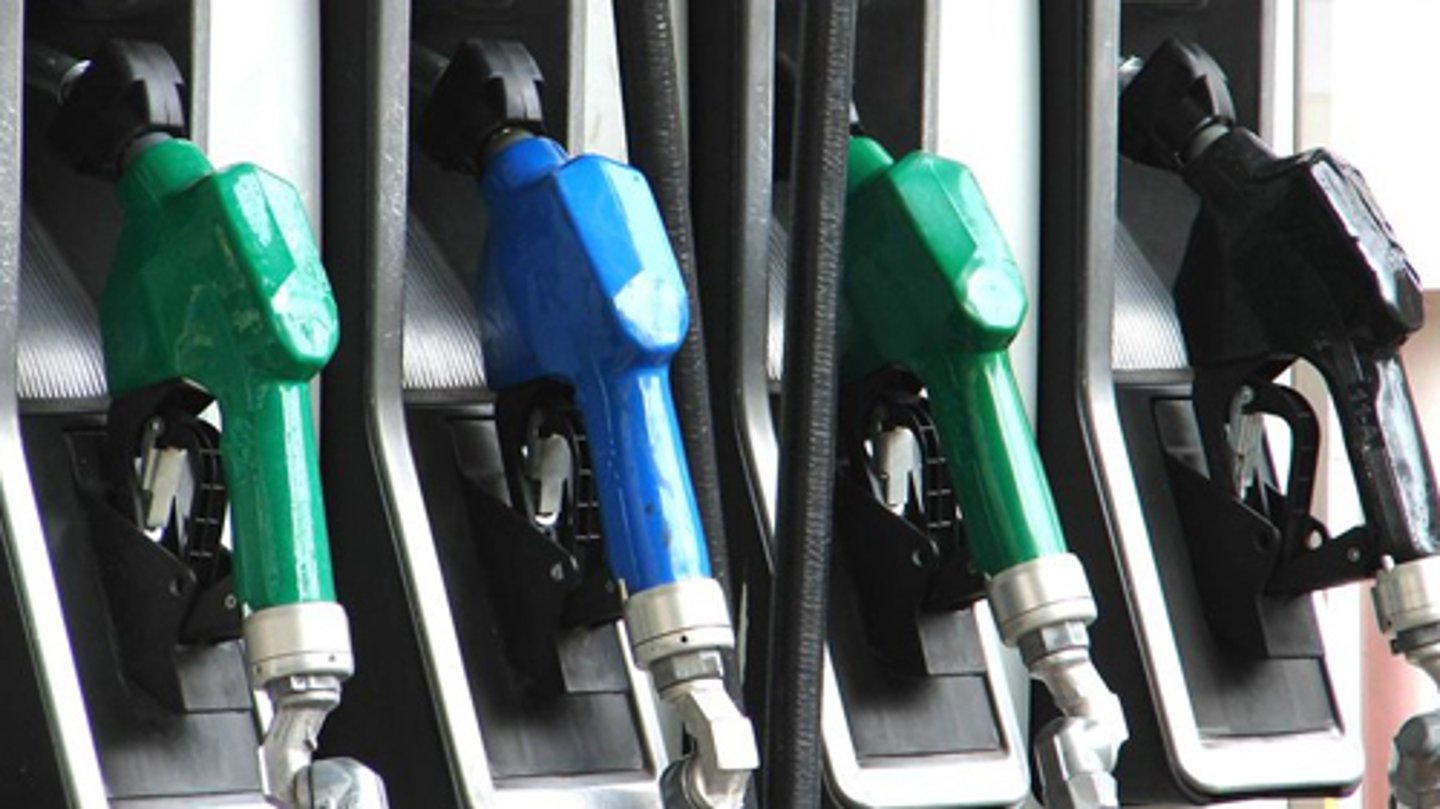Gas Prices Tick Up as Storm Threatens Southeast U.S.
WASHINGTON, D.C. — Gas prices rose a nickel over the past week driven by higher regional prices on the West Coast and in the Midwest due to refinery issues ranging from planned maintenance to a fire.
However, low domestic demand as fewer drivers fuel up and much lower oil prices have helped to blunt some of the impacts, according to AAA. As of Sept. 26, the national average pump price hit $3.72.
On Sept. 23, the price of oil slipped below $80 a barrel for the first time since January, primarily due to fears of a recession-led global economic slowdown.
"Slack demand and lower oil prices should take some pressure off rising gas prices," said Andrew Gross, AAA spokesperson. "But Hurricane Ian could cause problems, depending on the storm’s track, by disrupting oil production in the Gulf of Mexico and impacting large coastal refineries."
Hurricane Ian was making its way toward south Florida on Tuesday after hitting Cuba as a Category 3 hurricane, according to The Weather Channel.
Recent data from the Energy Information Administration (EIA) shows that gas demand decreased from 8.49 million barrels per day to 8.32 million barrels per day last week. Additionally, total domestic gasoline stocks increased by 1.6 million barrels to 214.6 million barrels. Despite a decrease in gasoline demand, tightening supply and fluctuating oil prices led to an increase in the national average price.
However, if gas demand remains low pump price increases will likely be minimal, AAA predicted.
The current national average of $3.72 is 14 cents less than one month ago, but 54 cents more than a year ago.
The top 10 largest weekly increases in the United States occurred in Oregon (36 cents), Wisconsin (35 cents), California (35 cents), Washington (29 cents), Nevada (19 cents), Ohio (17 cents), Michigan (17 cents), Alaska (16 cents), Indiana (16 cents) and Iowa (16 cents).
The top 10 most expensive markets are currently California ($5.79 per gallon), Hawaii ($5.23), Nevada ($5.10), Oregon ($5.00), Washington ($4.92), Alaska ($4.80), Idaho ($4.41), Utah ($4.20), Arizona ($4.10) and Illinois ($3.97).
At the close of the formal trading session on Sept. 23, West Texas Intermediate decreased by $4.75 to settle at $78.74. Crude prices reached a point not seen since early January 2022, as the market continues to worry that efforts by the Federal Reserve to curb inflation could lead to a recession. If a recession occurs, crude demand and prices would likely decline, according to AAA.
During the current week, crude oil prices may continue to drop if recession fears persist. Additionally, EIA’s latest weekly report indicated that total commercial crude inventories increased by 1.2 million barrels to 430.8 million barrels.

